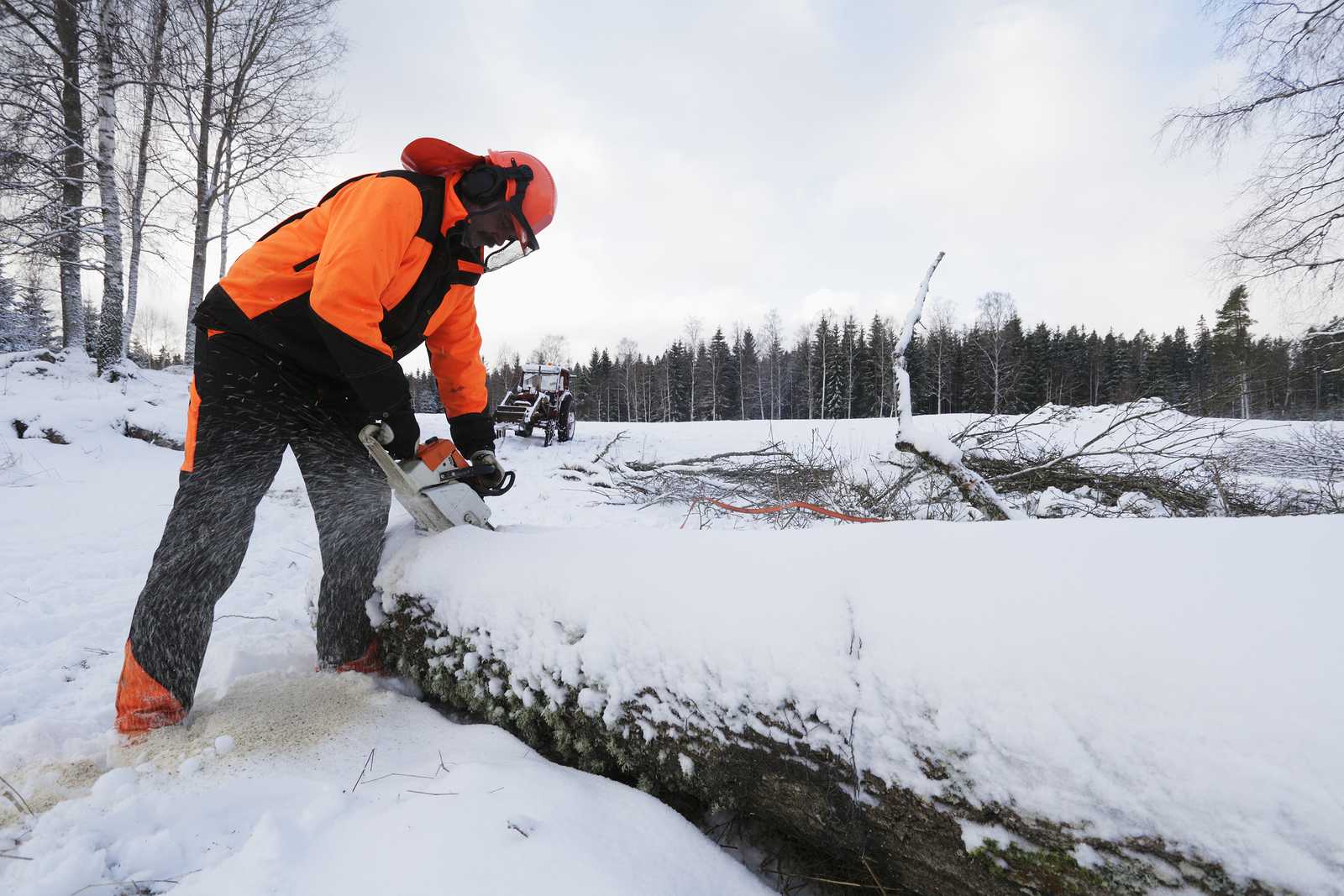Despite some unseasonably warm weather, winter starts today. Don’t be fooled, this year’s El Niño among the strongest on record, is expected to really pack a winter punch across the country. Forecasters at NOAA’s Climate Prediction Center issued the U.S. Winter Outlook favoring cooler and wetter weather in Southern Tier states with above-average temperatures most likely in the West and across the Northern Tier. “A strong El Niño is in place and should exert a strong influence over our weather this winter,” said Mike Halpert, deputy director, NOAA’s Climate Prediction Center.
While the danger from winter weather varies across the country, nearly all Americans, regardless of where they live, are likely to face some type of severe winter weather at some point in their lives. Winter storms can range from a moderate snow over a few hours to a blizzard with blinding, wind-driven snow that lasts for several days. Many winter storms are accompanied by dangerously low temperatures and sometimes by strong winds, icing, sleet and freezing rain.
Winter weather can be severe,unpredictable and a hazard, especially to thousands of workers who are exposed to cold outdoor work environments in the winter months. A number of industries and occupations involve substantial outdoor cold exposure. Some workers may be required to work outdoors in cold environments for extended periods, for example, snow cleanup crews, sanitation workers, police officers and emergency response and recovery personnel, like firefighters, and emergency medical technicians. However cold outdoor work is not the only hazardous work environment.
Many indoor workers — such as those in the food processing industry, cold storage industry, supermarkets or in the transportation chain — also can be negatively impacted by cold work environments if not properly protected and trained. Anyone working in a cold environment may be at risk of cold stress, frostbite or even hypothermia. The following tips will help workers understand the dangers of working in cold temperatures and how it can be prevented.
As with any workplace hazard, prevention is key to protecting workers and preventing cold-related injuries.
- Wear layers of loose clothing and avoid tight clothing, as it can restrict blood circulation.
- Ensure the ears, face, hands and feet are properly covered.
- Wear waterproof and insulated boots.
- Move into warm locations during breaks.
- Include a thermometer and chemical hot packs in your first aid kit.
- Workers should watch out for one another. Monitor your physical condition as well as your co-workers.
According to the Centers for Disease Control and Prevention, when exposed to cold temperatures, the body starts to lose heat faster than it can produce it. If this happens for a prolonged period of time, the cold eventually will use up all of the body’s energy, resulting in hypothermia, or an abnormally low body temperature. Symptoms vary from person to person, but early signs of hypothermia include shivering, fatigue and confusion. More advanced symptoms include blue skin, dilated pupils and loss of consciousness. Studies suggest that more people are dying from hypothermia in the United States, a new government report shows, raising fresh worries for a nation that is facing the strongest El Niño, in twenty years.
Heavy snowfall and extreme cold storms can quickly immobilize an entire region. The National Weather Service refers to winter storms as the “Deceptive Killers” because most deaths are indirectly related to the storm. Another words, winter storm fatalities can be caused by traffic accidents on icy roads and from hypothermia from prolonged exposure to cold. No matter the circumstance, it is important to be prepared for winter weather before it strikes.
Preparation and prevention is the key to avoiding cold-related workplace hazards. Employers should take the steps now to ensure a safe workplace for workers exposed to cold conditions. AMMEX can help – We proudly supply a wide selection of disposable gloves and personal protection equipment to thousands of distributors in a variety of industries. Whether your clients are in food service, janitorial, medical or automotive, AMMEX has the gloves and personal protection equipment that you need. It is easy to add PPE to your product line up.






